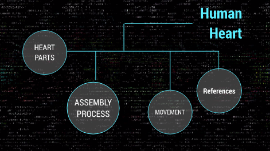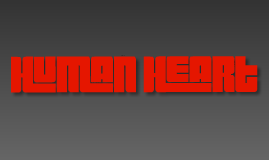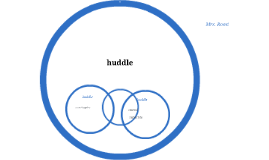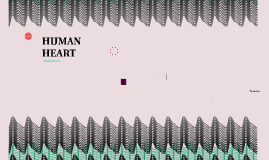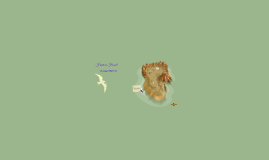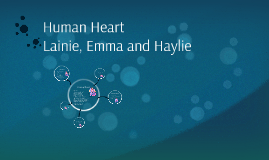Human Template
Transcript: Karely Cardoso Human Resources Human resources specialists are responsible for recruiting, screening, interviewing and placing workers. They may also handle employee relations, payroll, benefits, and training. Human resources managers plan, direct and coordinate the administrative functions of an organization. Description Description Human resources specialists are responsible for recruiting, screening, interviewing and placing workers. They may also handle employee relations, payroll, benefits, and training. Human resources managers plan, direct and coordinate the administrative functions of an organization. Duties Duties Subtopic 1 you need good communication skills PICTURES The human resources department handles a range of different functions within an organization. The department is responsible for hiring and firing employees, training workers, maintaining interoffice relationships and interpreting employment laws. function Function TIMELINE 2018 MAP Location 2 Location 3 Location 1 Definitely collaborative and good relations should exist between HR and other Departments. HR, as you say, is responsible for a number of areas, but decisions are usually in conjunction with other functions. HR may have established policies and programs, but generally there would have been discussion and executive approval and areas like recruitment and compensation would have a great deal of functional management input whether in final selection of a candidate or job evaluation and performance management which usually impact on compensation. HR, Interactions with other departments interactions






